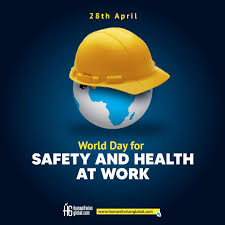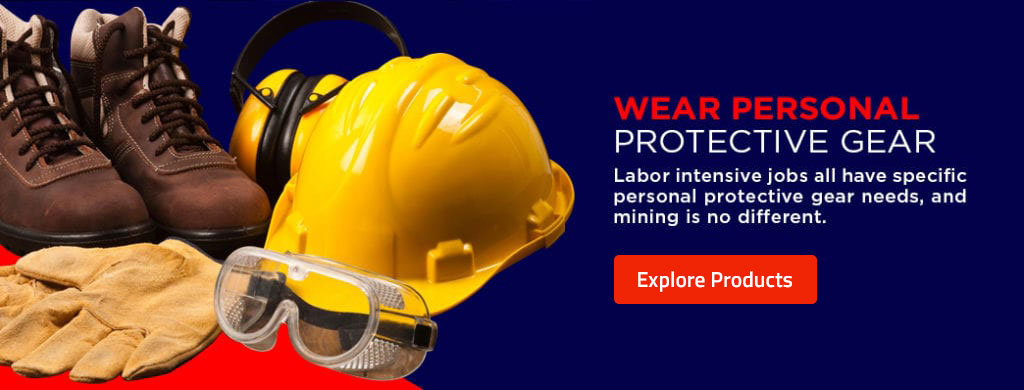Guide to Occupational Health and Safety Training and Certification. Occupational Health and Safety (OHS) is a vital field dedicated to ensuring safe work environments, protecting employees’ health, and minimizing workplace hazards. With the increase in workplace regulations and a growing emphasis on health and safety practices, pursuing a career in OHS offers a wealth of opportunities. For students considering this path, certifications, training programs, and academic courses are essential steps toward building expertise and credibility. This article provides a comprehensive guide to some of the top OHS certifications, training programs, and academic pathways, along with insights into their value in career development.
Why Training and Certification Matter in OHS
The field of OHS is highly specialized and regulated. Professionals in this area are often responsible for complex tasks like conducting risk assessments, ensuring regulatory compliance, and implementing safety programs. Certification and training help students gain the technical knowledge, hands-on skills, and credibility required to excel in these roles. Many employers prioritize candidates with recognized certifications or formal training, as it assures them of the professional’s commitment to high standards of safety and regulatory compliance.
Top Certifications in Occupational Health and Safety
- Certified Safety Professional (CSP)
- Offered by: Board of Certified Safety Professionals (BCSP)
- Overview: The CSP is one of the most widely recognized safety certifications. It covers advanced safety practices, risk management, and hazard identification.
- Eligibility: Requires a bachelor’s degree and four years of experience in a safety-related role.
- Benefits: CSP certification demonstrates a high level of expertise in safety management and can significantly enhance employability and earning potential.
- Occupational Health and Safety Technologist (OHST)
- Offered by: BCSP
- Overview: OHST certification is geared toward those working in safety and health programs, emphasizing safety inspections, hazard assessments, and safety program development.
- Eligibility: Requires three years of experience in occupational health and safety.
- Benefits: OHST is ideal for those entering the field, providing foundational skills that are widely applicable across industries.
- Certified Industrial Hygienist (CIH)
- Offered by: American Board of Industrial Hygiene (ABIH)
- Overview: CIH certification is focused on environmental factors affecting health and safety, like chemical, biological, and ergonomic hazards.
- Eligibility: Requires a degree in a related field, coursework in industrial hygiene, and at least four years of professional experience.
- Benefits: CIH certification is valuable for students interested in industrial hygiene and environmental health and safety (EHS) roles.
- Graduate Safety Practitioner (GSP)
- Offered by: BCSP
- Overview: The GSP designation is a pathway to the CSP certification, awarded to graduates of safety degree programs approved by BCSP.
- Eligibility: Completion of an approved bachelor’s or master’s degree in safety, health, or environmental programs.
- Benefits: The GSP is a stepping-stone to CSP certification, exempting students from the Associate Safety Professional (ASP) exam.
- NEBOSH National/International General Certificate (NGC/IGC)
- Offered by: National Examination Board in Occupational Safety and Health (NEBOSH)
- Overview: NEBOSH certifications cover essential health and safety principles and are recognized worldwide.
- Eligibility: Open to all, but ideal for those with some experience in safety roles.
- Benefits: NEBOSH certificates are valuable for students seeking international careers in OHS due to their global recognition.
Academic Programs in Occupational Health and Safety
For students looking for a structured academic path, several universities offer degree programs in occupational health and safety. These programs blend theoretical knowledge with practical skills, preparing graduates for a range of OHS roles.
- Bachelor’s Degree in Occupational Health and Safety
- Many universities offer a bachelor’s degree in OHS, focusing on safety management, regulatory standards, and industrial hygiene. The curriculum often includes courses in risk assessment, ergonomics, safety laws, and hazard control.
- Master’s Degree in Environmental Health and Safety (EHS)
- A master’s degree in EHS provides advanced training for roles in policy-making, research, and management. Topics include environmental protection, advanced risk management, and organizational safety strategies.
- Graduate Certificates in OHS or EHS
- Shorter than full degree programs, graduate certificates in OHS or EHS provide focused training on specific aspects of health and safety, such as industrial hygiene or emergency management.
- Online Programs and Continuing Education
- Online OHS programs allow students to learn at their own pace. Many online programs are designed for working professionals, covering essential safety topics and certifications without requiring full-time commitment.
The Role of Hands-On Training in OHS
Practical experience is critical in OHS, as students must be prepared to apply theoretical knowledge to real-world situations. Many academic programs include internships or cooperative placements with industry partners, allowing students to gain hands-on experience in workplace safety assessments, compliance audits, and incident investigations.
Some certification bodies, like OSHA, also provide specific training courses such as the OSHA 30-Hour Training for General Industry, which equips students with a thorough understanding of OSHA standards and compliance practices. Hands-on training is beneficial not only for skill-building but also for networking within the OHS community.
Career Development and Advancement Opportunities
The combination of academic credentials, certifications, and practical experience positions students well for career growth in OHS. Entry-level positions include roles like safety technician, compliance officer, or industrial hygiene assistant. As professionals gain experience and pursue additional certifications, they can advance to roles like:
- Safety Manager: Overseeing safety programs and managing compliance across departments.
- Environmental Health and Safety (EHS) Specialist: Focusing on broader environmental safety initiatives, from pollution control to hazardous materials handling.
- Risk Manager: Analyzing workplace risks and implementing comprehensive risk management plans.
- OHS Consultant: Working with multiple organizations to assess and improve workplace safety practices.
OHS professionals often find themselves in high demand across industries, from manufacturing and construction to healthcare and government. As companies strive to meet stringent safety standards and protect their workforce, skilled OHS practitioners are essential assets. Safety Training and Certification
Conclusion
Pursuing training and certification in Occupational Health and Safety is a meaningful investment in a student’s career. Not only does it provide the foundational knowledge needed to succeed in the field, but it also opens doors to advanced career opportunities and specialized roles. For students eager to make a difference by ensuring safer workplaces, the certifications, training programs, and academic courses outlined here offer a strong start toward a rewarding career in OHS.
4o











